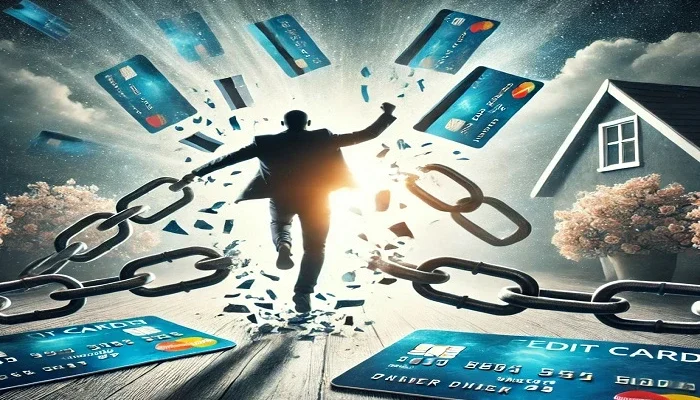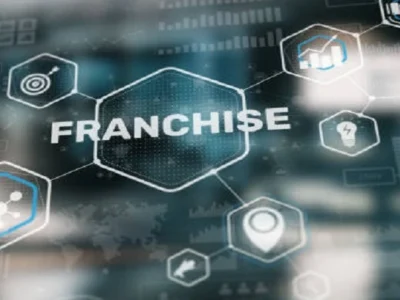If your credit card balance feels like a never-ending burden, you’re not alone. Millions of people struggle with high-interest debt that seems impossible to escape. But here’s the good news—paying off credit card debt is completely doable with the right strategy. Whether you’re dealing with a few thousand dollars or a more substantial balance, there are proven methods to help you take control of your finances and get back on track.
Let’s break down the best strategies for eliminating credit card debt so you can finally breathe easy.
1. Know Your Debt Inside and Out
The first step in dealing with credit card debt is figuring out how much you owe. List all of your credit card debts, along with the interest rates and minimum payments due. By doing this, you may decide which reward method will be most effective for you.
Be mindful of interest rates; high annual percentage rates (APRs) on credit cards can lead to rapid debt accumulation and make it more difficult to settle your bill.
2. Choose a Payoff Strategy That Works for You
The Snowball Method: Small Wins First
If you need motivation, the snowball method could be your best bet. Here’s how it works:
- List your credit card balances from smallest to largest.
- Pay off the smallest amount first, and then make the minimum payments on the rest.
- Once the smallest balance is gone, roll that payment into the next smallest debt.
This method gives you quick wins, helping to build momentum as you eliminate debts one by one.
The Avalanche Method: Save on Interest
It’s better to use the avalanche method if you want to pay less in interest. As an alternative to starting with the smallest debt, you:
- Sort the debts according to their interest rates.
- Pay down the debt that has the highest interest rate first.
- Move on to the next juiciest loan once that one is paid off.
While it may take longer to see progress, you’ll save more money in the long run.
3. Consider a Balance Transfer Card
If you have good credit, a balance transfer credit card might be a useful tool. These cards offer 0% interest for an introductory period (typically 12–18 months), allowing you to pay down debt faster without accumulating additional interest.
But here are some things to remember:
- There may be a balance transfer fee (usually 3-5% of the transferred amount).
- You must pay off the balance before the 0% APR period ends, or you’ll face high interest charges.
- It’s crucial to avoid using the old credit card after transferring the balance—otherwise, you could end up with even more debt.
4. Negotiate a Lower Interest Rate
Did you know that you can call your credit card company and ask for a lower interest rate? Many people don’t realize this, but credit card issuers often reduce interest rates for responsible customers who ask.
When calling, be polite and explain your situation:
- Highlight your history of on-time payments.
- Mention any offers you’ve received from other credit card companies.
- Ask if they can lower your APR to make your payments more manageable.
Even a small interest rate reduction can save you hundreds of dollars over time.
5. Create a Budget That Prioritizes Debt Repayment
If you’re serious about paying off credit card debt, your budget needs to reflect that. Cut out unnecessary expenses and direct as much money as possible toward your debt.
- Identify areas to save – Reduce dining out, cancel unused subscriptions, and limit impulse spending.
- Increase your income – Consider a side hustle, freelancing, or selling unused items.
- Automate payments – Set up automatic payments to avoid late fees and stay consistent with debt reduction.
6. Seek Professional Financial Guidance
If your debt feels overwhelming, working with a financial advisor can help you build a solid plan. A professional can guide you through debt repayment strategies, budgeting, and long-term financial planning. TruNorth Advisors Greenville SC is one such firm that helps individuals regain control of their finances with customized strategies tailored to their needs.
7. Avoid Racking Up More Debt
Paying off credit card debt is only half the battle—staying out of debt is just as important. Here’s how to avoid falling into the same cycle:
- Use cash or debit instead of credit for everyday expenses.
- You should only charge what you can pay back every month in full.
- Build an emergency fund to prevent relying on credit during unexpected situations.
Conclusion
Tackling credit card debt might seem overwhelming, but with the right approach, you can make steady progress and free yourself from financial stress. Whether you use the snowball or avalanche method, transfer a balance, or work with a financial advisor, the key is to stay consistent and committed to your plan.
Pedrovazpaulo Executive Coaching: Unlocking Potential with Its Power









Comments